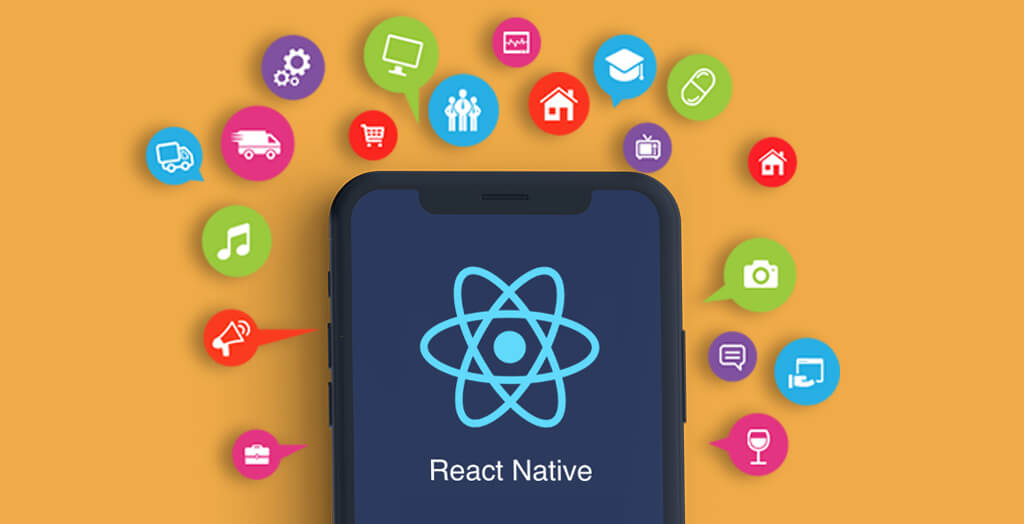What are the basics of a computer?
The basics of a computer involve understanding its key components and how they work together to perform various tasks. Here are the fundamental elements of a computer:
Central Processing Unit (CPU)
The CPU, often referred to as the brain of the computer, performs calculations and executes instructions. It interprets and carries out program instructions from the computer’s memory.
Memory (RAM)
Random Access Memory (RAM) is the computer’s short-term memory. It stores data and programs that are actively in use by the CPU. RAM is volatile, meaning it loses its content when the computer is powered off.
Storage (Hard Drive or SSD)
Storage devices, such as hard drives or solid-state drives (SSDs), provide long-term storage for the operating system, applications, and user data. Unlike RAM, storage retains data even when the computer is turned off.
Motherboard
The motherboard is the main circuit board that houses the CPU, memory, and other essential components. It provides connectivity and facilitates communication between different parts of the computer.
Power Supply
The power supply unit (PSU) converts electrical power from an outlet into the form required by the computer components. It supplies power to the motherboard, CPU, and other peripherals.
Input Devices
Input devices allow users to interact with the computer. Common input devices include keyboards, mice, touchpads, and other devices that send information to the computer.
Output Devices
Output devices display information processed by the computer. Common output devices include monitors (for visual output), printers (for hard copy output), and speakers (for audio output).
Graphics Processing Unit (GPU)
The GPU, or graphics card, is responsible for rendering images and videos. It is crucial for tasks like gaming, video editing, and graphical applications.
Operating System (OS)
The operating system is software that manages hardware resources and provides a user interface. Examples include Windows, macOS, Linux, and others.
Networking Components
Networking components enable the computer to connect to networks and the internet. This may include a network interface card (NIC) and built-in Wi-Fi capabilities.
Peripheral Devices
Peripheral devices are additional hardware components that can be connected to the computer, such as printers, external drives, scanners, and cameras.
BIOS/UEFI Firmware
Basic Input/Output System (BIOS) or Unified Extensible Firmware Interface (UEFI) firmware is responsible for initializing hardware components during the boot process and launching the operating system.
System Bus
The system bus is a communication pathway that connects the CPU, memory, and other components on the motherboard. It allows data and instructions to flow between these components.
Cooling Systems:
Cooling systems, such as fans or liquid cooling, prevent overheating by dissipating heat generated by the CPU and other components.
Understanding these basic components provides a foundation for comprehending how a Computer course in Chandigarh It works and troubleshooting common issues. As technology evolves, additional components and features may be introduced, but these fundamentals remain essential to computer architecture.
What are the general basics of computer?
The general basics of a computer cover a range of fundamental concepts and components. Here’s an overview of the key elements that make up a typical computer system:
Central Processing Unit (CPU)
The CPU, or processor, is the core component that performs calculations and executes instructions. It acts as the brain of the computer.
Memory (RAM – Random Access Memory)
RAM is temporary storage that the computer’s processor uses to store data and programs that are actively in use. It provides quick access to information for the CPU.
Storage
Storage devices, such as hard disk drives (HDDs) or solid-state drives (SSDs), store data for the long term, including the operating system, applications, and user files.
Motherboard
The motherboard is the main circuit board that connects and facilitates communication between various components, including the CPU, memory, storage, and peripheral devices.
Power Supply Unit (PSU)
The PSU converts electrical power from an outlet into the necessary form for the computer components. It supplies power to the motherboard, CPU, and other peripherals.
Input Devices
Input devices allow users to interact with the computer. Common examples include keyboards, mice, touchpads, and other devices.
Output Devices
Output devices display information processed by the computer. Examples include monitors (for visual output), printers (for hard copy output), and speakers (for audio output).
Operating System (OS)
The operating system is system software that manages hardware resources and provides a user interface. Common operating systems include Windows, macOS, Linux, and others.
Software
Software consists of programs and applications that run on the computer. This includes the operating system, productivity software, games, and other applications.
Networking Components
Networking components enable the computer to connect to networks and the internet. This may include network interface cards (NICs) and Wi-Fi adapters.
Peripheral Devices
Peripheral devices are additional hardware components that can be connected to the computer, such as printers, scanners, external drives, and cameras.
BIOS/UEFI Firmware
Basic Input/Output System (BIOS) or Unified Extensible Firmware Interface (UEFI) firmware initializes hardware components during the boot process and launches the operating system.
System Bus
The system bus is a communication pathway that connects the CPU, memory, and other components on the motherboard. It allows data and instructions to flow between these components.
Cooling Systems
Cooling systems, such as fans or liquid cooling, prevent overheating by dissipating heat generated by the CPU and other components.
Graphics Processing Unit (GPU)
The GPU, or graphics card, is responsible for rendering images and videos. It is crucial for tasks like gaming, video editing, and graphical applications.
Understanding these general basics provides a foundation for users to navigate and operate a computer system. These components work together to process information, execute tasks, and provide a user-friendly computing experience.
Read more article:- Digitalnomic.









